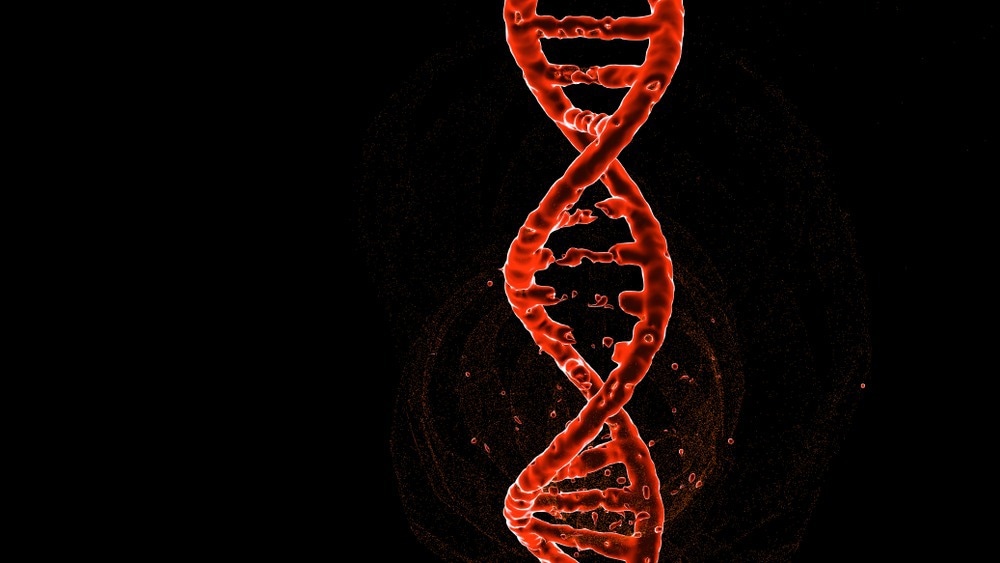Reviewed by Danielle Ellis, B.Sc.May 22 2023
A new treatment option has been discovered for fragile X syndrome, which is the most common genetic cause of autism spectrum disorders and is defined by a hereditary repetition of certain nucleotides in the DNA sequence of the FMR1 gene. Researchers at Massachusetts General Hospital (MGH) carried out the study, which was published in the journal Cell.

Image Credit: Timofeev Vladimir/Shutterstock.com
Fragile X Messenger Ribonucleoprotein 1, or FMR1, which is responsible for FXS, expands the trinucleotide repeat CGG. The CGG expansion in individuals born with FXS results in lower expression of the FMRP protein, which causes developmental delays, learning difficulties, and social and behavioral issues.
FMR1 produces the FMRP protein, which is essential for brain development. 1 in 3,000 males and 1 in 6,000 girls are affected by the disease.
We wondered if we could treat FXS by contracting the trinucleotide repeat in FMR1 and restoring FMRP expression. While the industry is trying to restore expression by gene therapy and gene editing, our approach was to contract the CGG repeat and restore protein expression by stimulating the body’s own DNA repair mechanisms.”
Jeannie T. Lee, MD, PhD, Molecular Biologist, Massachusetts General Hospital
Lee is also a professor of genetics at Harvard Medical School.
Lee and postdoctoral fellow and first author, Hun-Goo Lee, PhD, developed models made from the cells of FXS patients and subjected the models to various lab settings to find the circumstances that produce a strong repeat contraction and complete FMR1 reactivation. Two kinases named MEK and BRAF needed to be inhibited for the requirements to be met.
These enzymes were inhibited, which increased the formation of unique nucleic acid structures termed “R-loops” created between DNA and RNA. Cells recognize these structures as DNA damage and consequently activate repair mechanisms to resolve the issue.
The extended CGG repeats are subsequently removed by the cells’ repair processes to restore more normal CGG levels, allowing cells to once again express the vital FMR1 gene.
Because the disease is caused by the expanded CGG repeat, contracting the repeat through R-loop formation is potentially a one-and-done treatment. We are now extending the technology to patient neurons and to the brain in animal models.”
Hun-Goo Lee, PhD, Study First Author and Postdoctoral Fellow, Massachusetts General Hospital
Source:
Journal reference:
Lee, H.-G., et al. (2023). Site-specific R-loops induce CGG repeat contraction and fragile X gene reactivation. Cell. doi.org/10.1016/j.cell.2023.04.035